Administrative Building Textilverband – Behet Bondzio Lin Architekten
The elongated structure is enclosed on three sides by a completely closed brick facade. The volume closed to the east, south, and west and open to the north is the basis for an energy-optimized office building.The inspiration for the brick facade is the alabaster fold of the Beethoven statue by Max Klinger, which is located in the Leipzig Bilder Museum. Max Klinger created a paradoxical perception here. The viewer sees a seemingly fluent light scarf over the knees of Beethoven and recognizes at the same time that it consists of solid stone. Following this image, behet bondzio lin architekten employ six special stones with a gradient that increases in gradient, creating a seemingly moving facade of light and shadow. The analogy to a light cloth over which the wind blows arises.
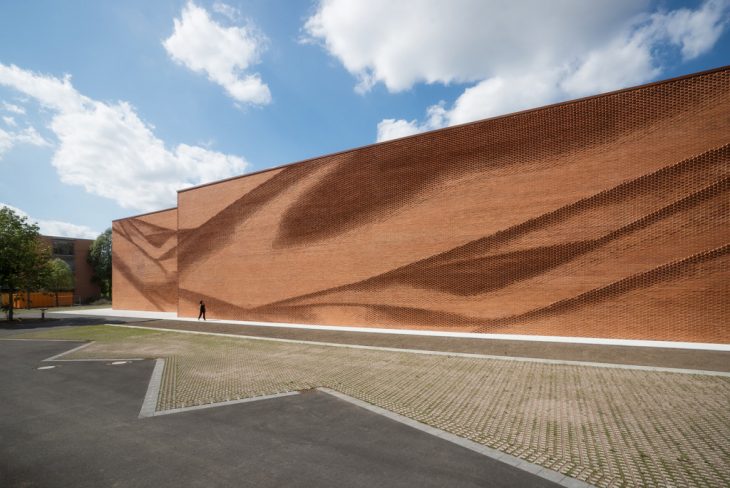
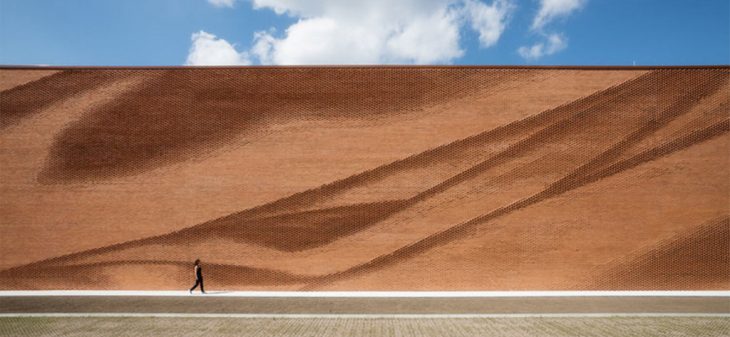
Pseudocode.
1.Create a brick geometry
2.Rectangular array the brick which becomes the facade of the building
3.Introduce a rectangular grid with same input parameters of the brick which becomes a boundary for the image sampler
4.Deconstruct brep a brick geometry via the lists to get a point for the axis of rotation.
5.Array the selected points onto the rest of the bricks.
6.Introduce an image on the image sampler which generates a canvas of points for the bricks to rotate.
7.The last step would be to introduce Rotate 3D with all the input parameters for the bricks to rotate based on the image sampler.
Facade Main Element
– The main feature of the brick wall is its undulations through rotations. The rotation happens along one corner of the brick rather than the centee. So it was vital to find get the point in one corner to find the axis of rotation.
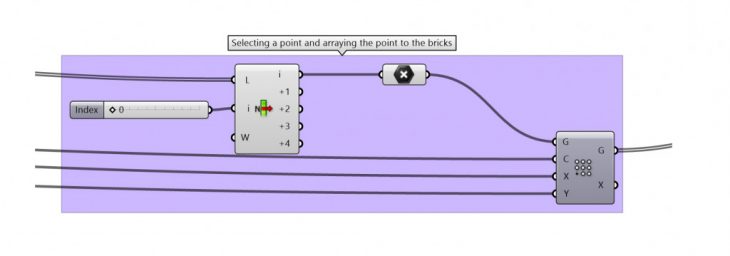
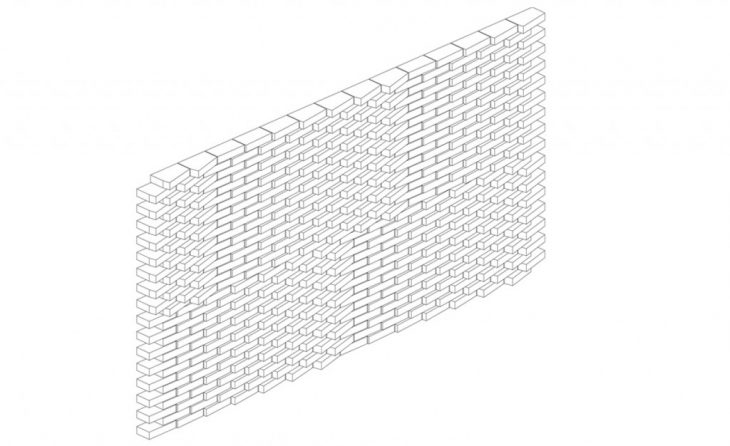

Iterations Based on Image sampler inputs
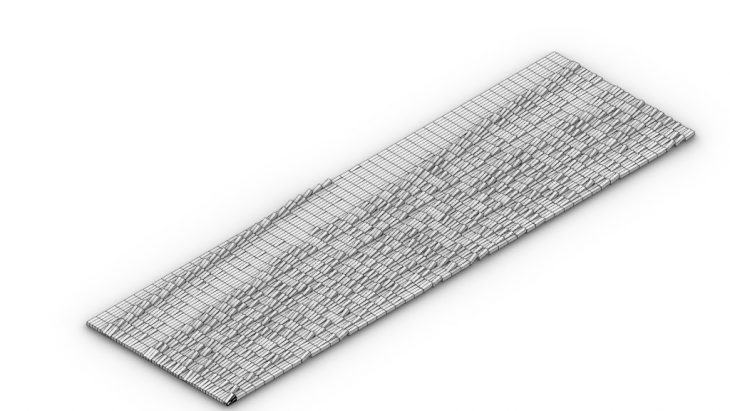
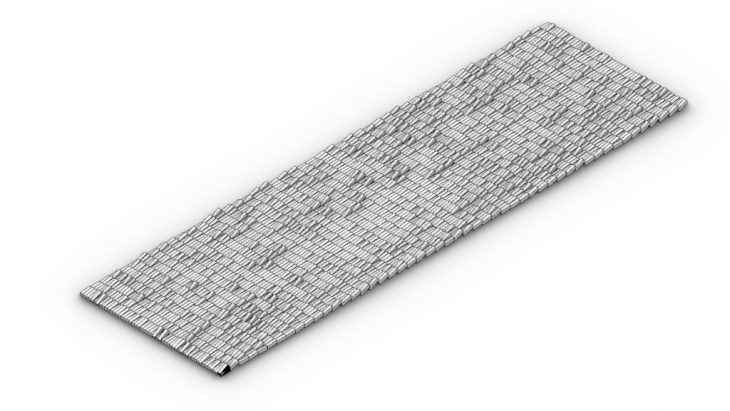
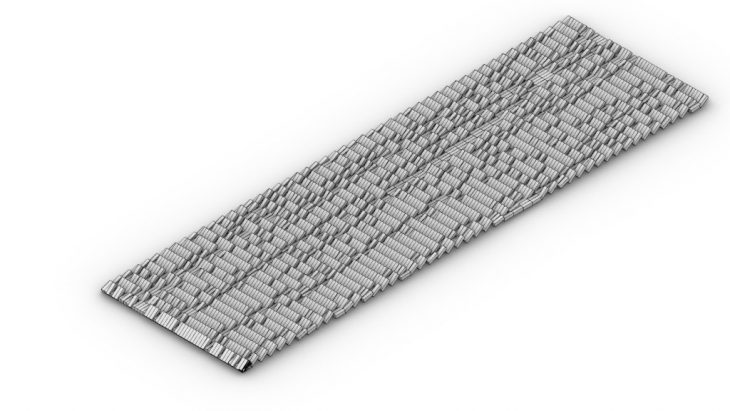
Visualization
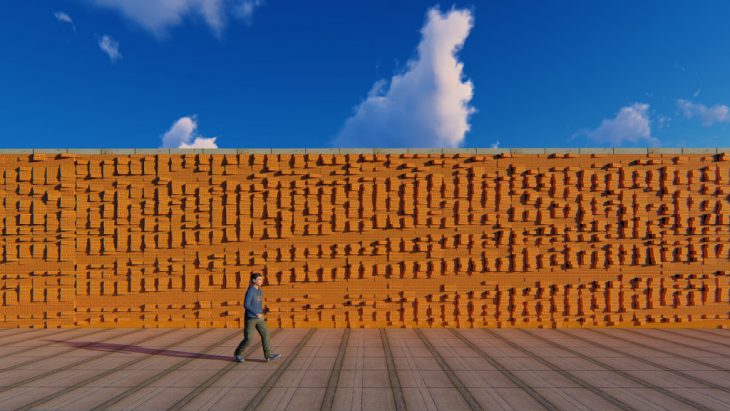
Computational Design is a project of IaaC, Institute for Advanced Architecture of Catalonia
developed at Master in Advanced Architecture,
in 2019/2020 by:
Student: Sai Preetham Alapati
Faculty: RODRIGO AGUIRRE, MOHAMAD ELATAB
